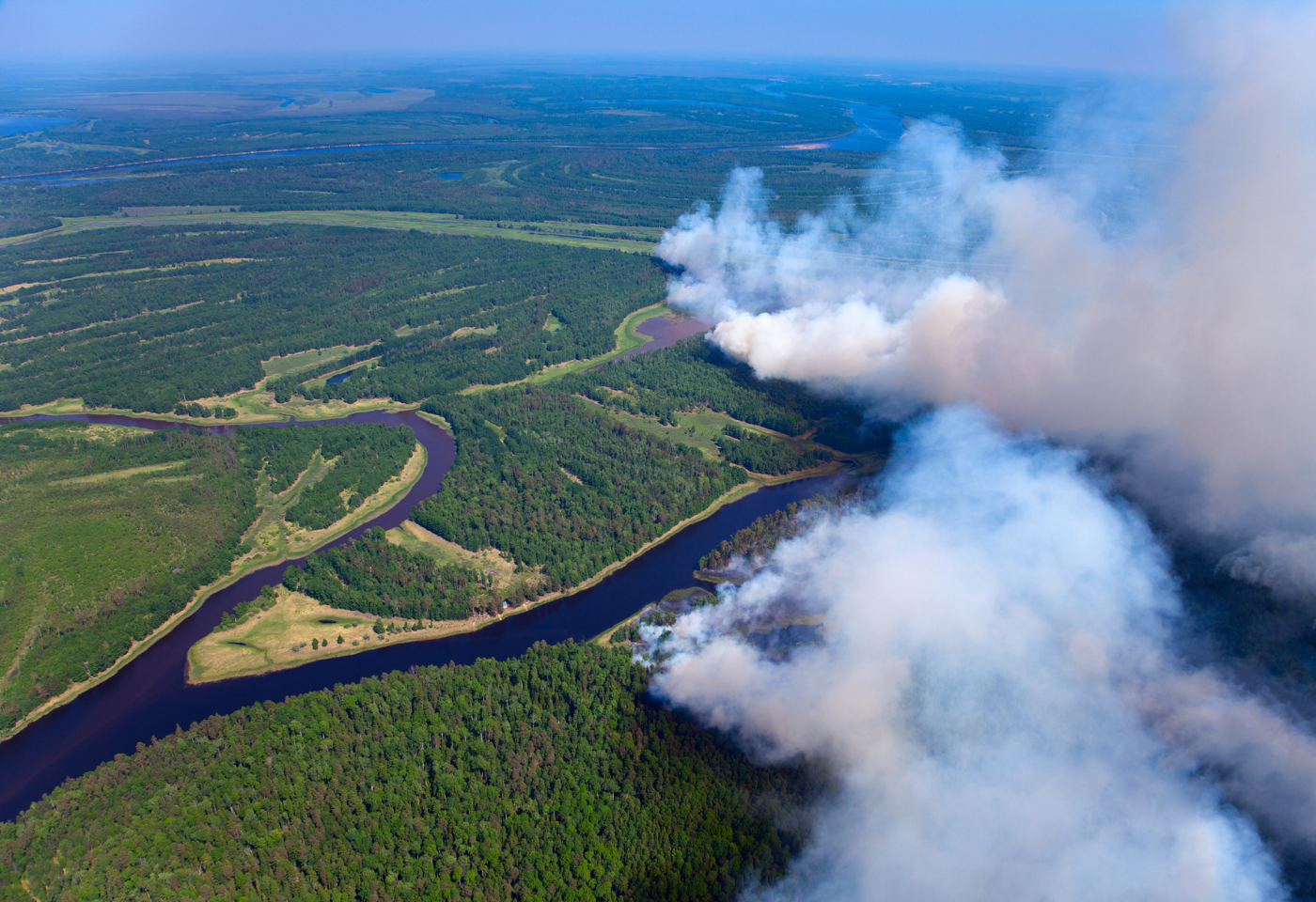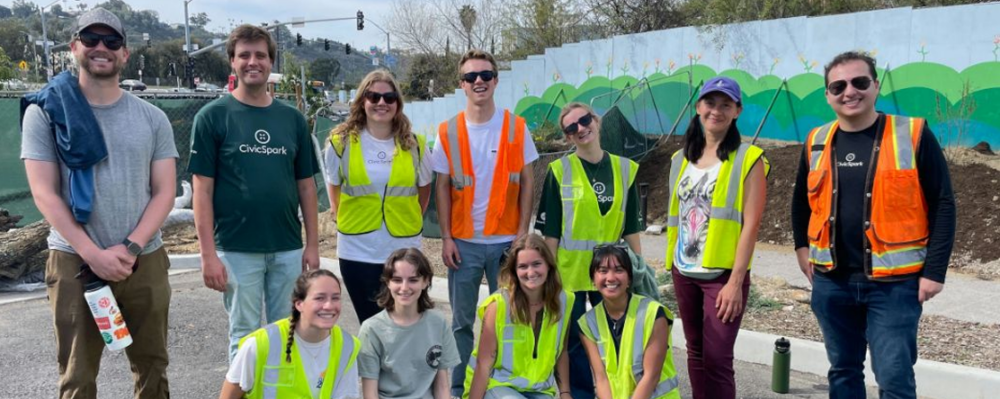
In the News
LA Times: PHI’s Kelsey Lamb on the Health Impacts of Wildfire Smoke
- LA Times
-
Focus Areas
Environmental Health -
Issues
Asthma, Wildfires & Extreme Heat -
Programs
Regional Asthma Management and Prevention Program
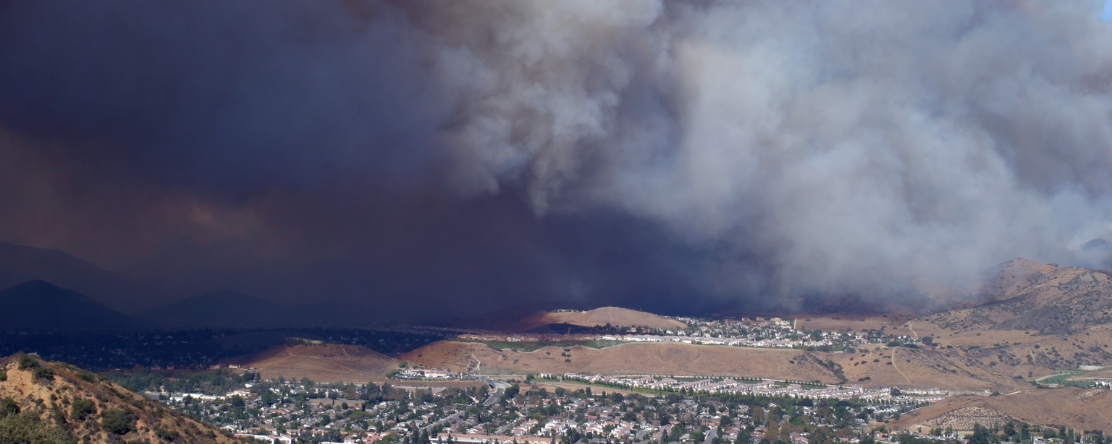
“It visibly lingers in the air, during and after a wildfire: a thick blanket of smoke and soot coupled with ash coating parked cars.
Santa Ana winds can spread these clouds of unhealthy air pollution from active firezones and burn scars to different parts of the region.
Experts caution that everyone should take precautions against unhealthy air, not justthose with pre-existing conditions.
Your next assignment is to learn about the health impacts of these plumes of unhealthysmoke and how you can care for yourself and others.
What are the health impacts of wildfire smoke?
Wildfire smoke has toxic materials within it such as lead, asbestos and arsenic.

The main component of smoke is particulate matter that can penetrate deep into the lungs, which directly causes respiratory issues, but it can also enter the bloodstream where it can cause a range of other health issues.Anne Kelsey Lamb
Director, Regional Asthma Management and Prevention, Public Health Institute.
This can be extremely harmful to the lungs of at-risk people, including children whose lungs are still developing, pregnant women, older adults and those with asthma, chronic obstructive pulmonary disease or diabetes, according to the American Lung Assn.
Exposure to air pollution such as wildfire smoke can also lead to the onset of asthma in otherwise healthy people, Lamb said.
What’s elevating the health risk are the toxic chemicals from plastics, paint from the house and furniture that also pollute the air after fires destroy buildings, homes and cars, said Anthony Wexler, director of the Air Quality Research Center at UC Davis.
Researchers are still working to understand the relative toxicity of these specific chemical pollutants during a fire event.
In the face of uncertainty, he said, “people should protect themselves as much as they can.”
Click on the link below to read the full article.
Originally published by LA Times
More Updates

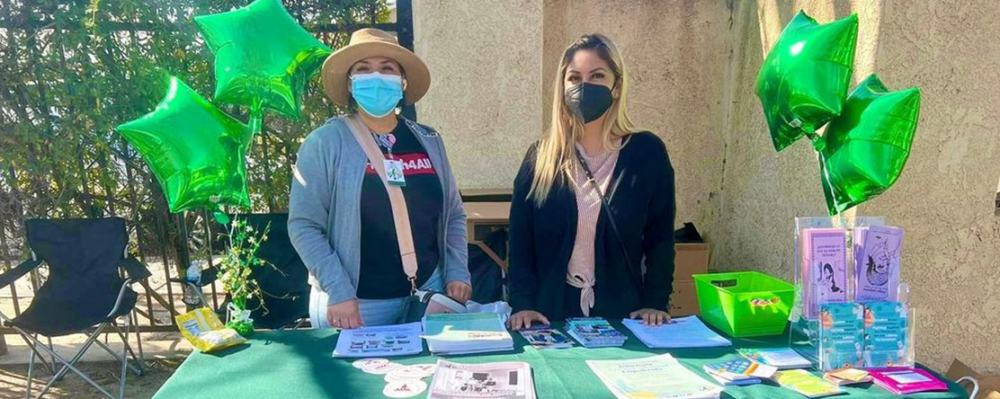
Safeguarding the Health and Wellbeing of Agricultural Workers in Monterey County: A 5-Year Glance at the COVID Pandemic & Lessons Learned

New Study Reveals Why Alcohol Use Increased During the Pandemic
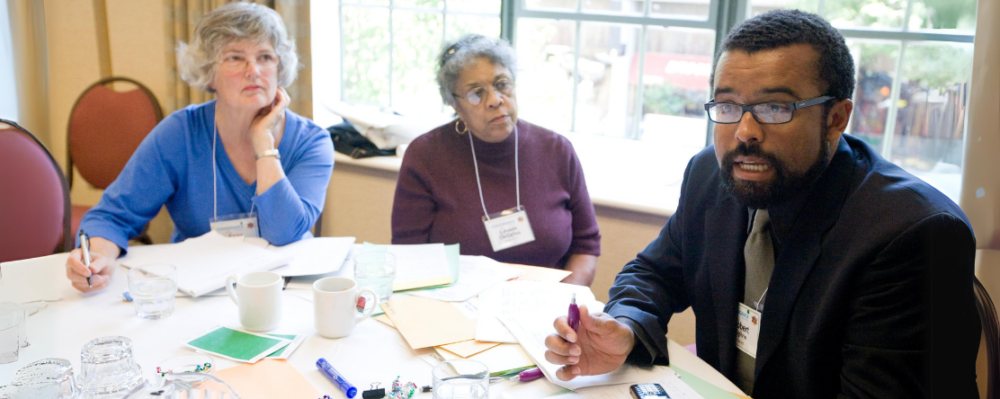
PHIL Collective: Tools, Training and Resources for Collaborative, Cross-Sector Efforts to Improve Health and Equity
Work With Us
You change the world. We do the rest. Explore fiscal sponsorship at PHI.
Support Us
Together, we can accelerate our response to public health’s most critical issues.
Find Employment
Begin your career at the Public Health Institute.
